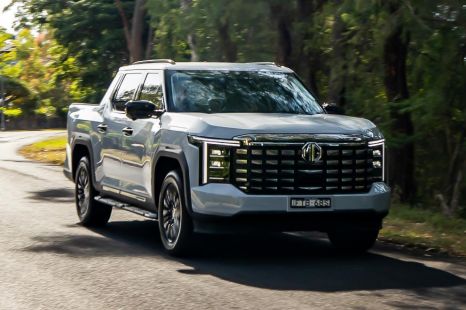

Matt Campbell
2026 MG U9 review
3 Hours Ago
From October new developments will need a degree of readiness for EV charging. Now the government has set out some recommendations.

Senior Contributor
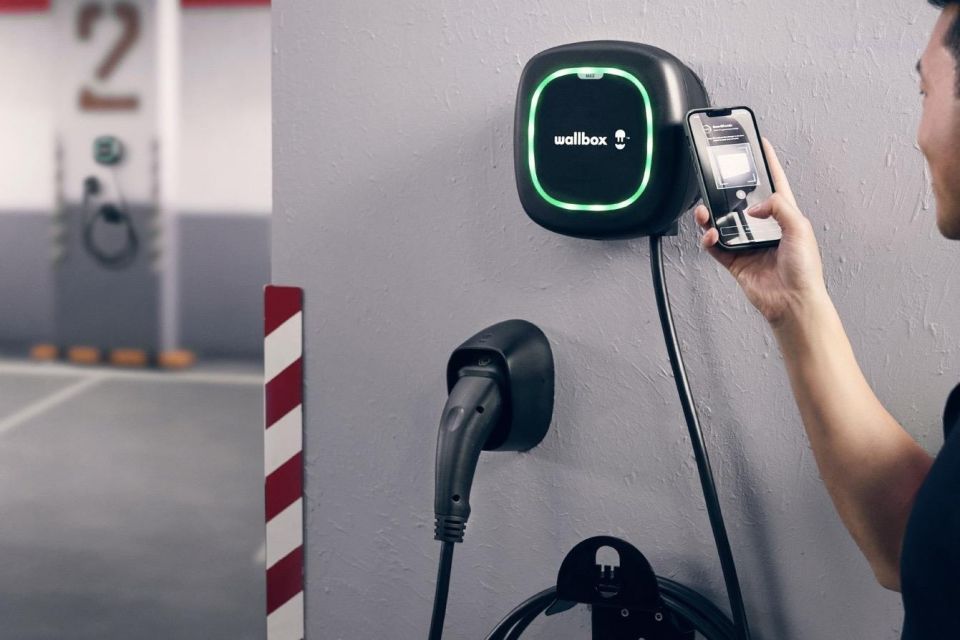

Senior Contributor
Amendments to the Australian Government’s National Construction Code mean new developments must make provisions for EV charging from October 2023.
Amendments to the code oblige developers to ensure there’s space for switchboards and EV chargers in new builds: for 100 per cent of parking car spaces in apartment buildings, 10 per cent of spaces in offices and retail, and 20 per cent of spaces in other commercial buildings.
To support these changes, the government’s Australian Building Codes Board (ABCB) this week put out an advisory note to help builders meet the requirements in the safest fashion, having engaged Australian research team EV FireSafe for guidance.
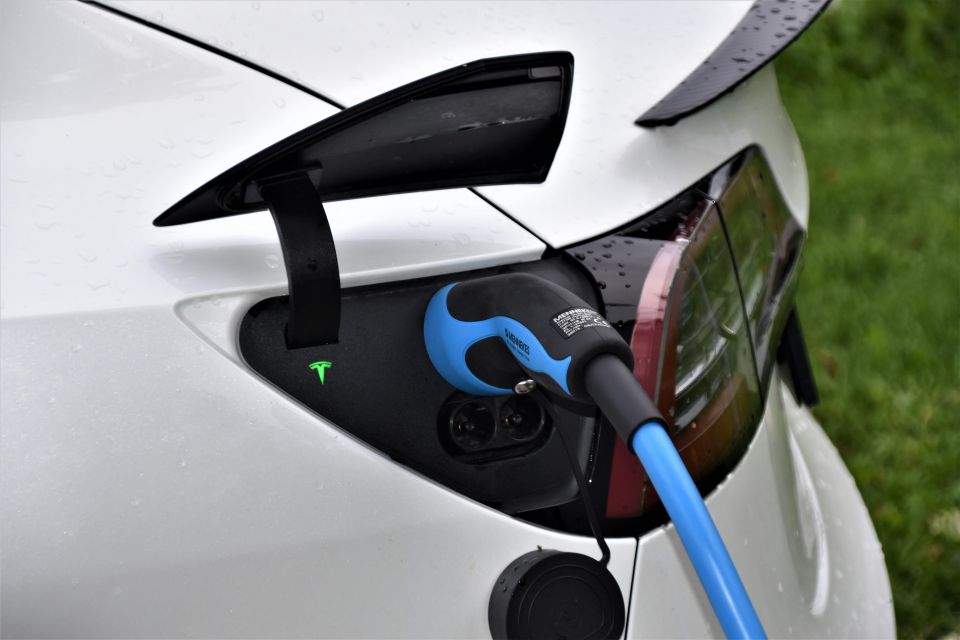
The recommendations – which you can read here – include fitting a master isolation switch with clear signage; only installing chargers with the Regulatory Compliance Mark; storing an emergency services pack in case of fire; putting bollards around chargers to prevent impacts; and updating block plans.
It also recommends prioritising so-called ‘smart charging’ that allows remote monitoring and access to disconnect power supply to a connected EV, giving emergency responders “another potential method of shutdown from unit to EV”.
“We believe the recommendations set out in this advisory note are low cost, have low visual impact, are easily implementable and reflect the better practices already being adopted by many reputable suppliers,” the note says.
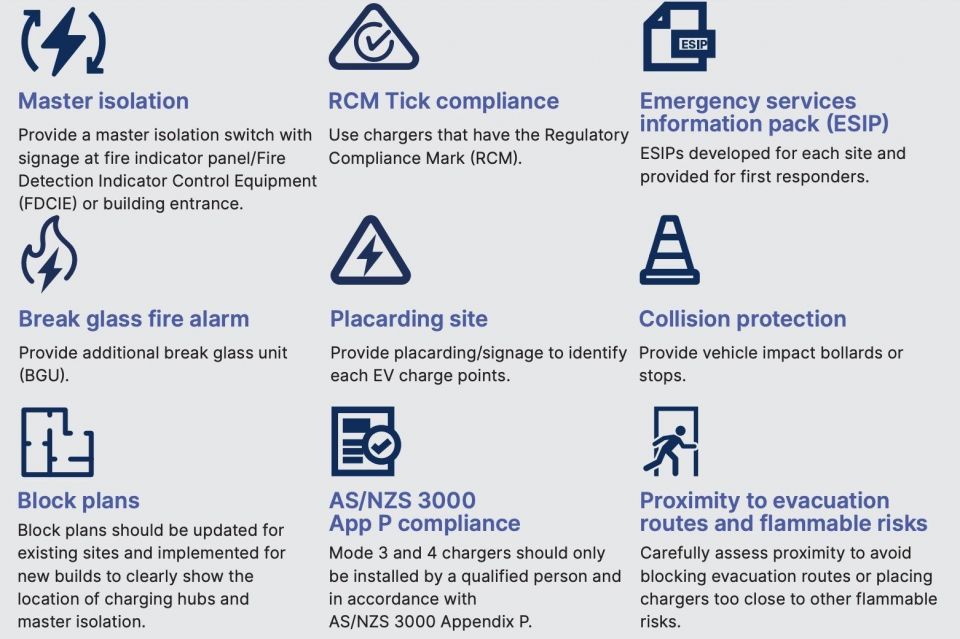
“These recommendations will help reduce the risk of substandard equipment or installation practices emerging as the EV charging industry grows.”
The board said it would “continue to work with other government bodies and emergency response agencies” to review the latest evidence on EV charging trends from around the world and update the guidelines along the away.
“Global evidence indicates that EVs are much less likely to be involved in a fire than traditional petrol and diesel vehicles,” added ABCB chief executive Gary Rake.
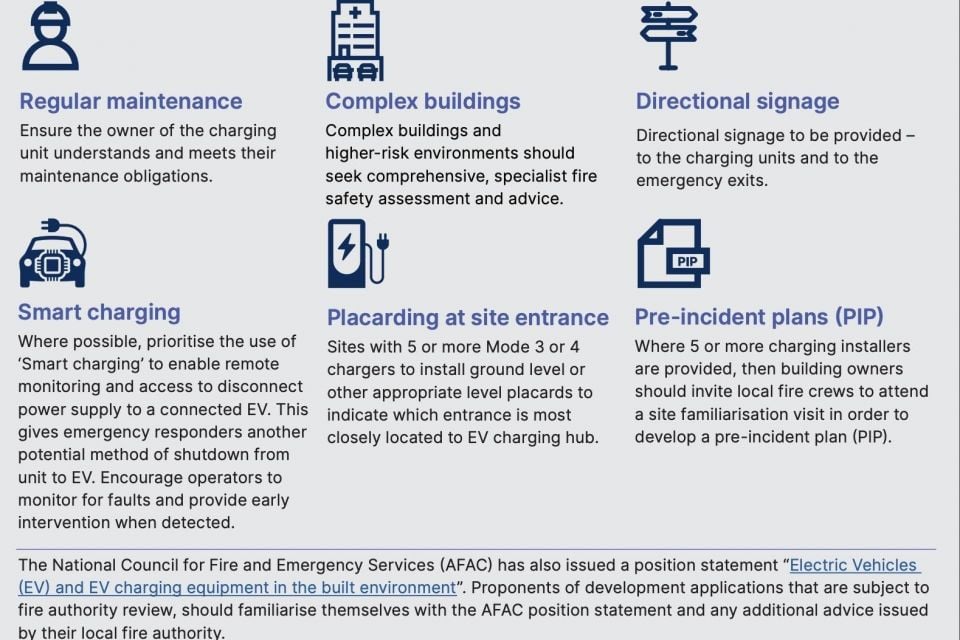
“Based on knowledge gained from around the world, our advisory note sets out some really sensible and low cost things that we can do to make charging safer for our buildings, residents and first responders.”
EV FireSafe keeps a database of verifiable worldwide passenger EV battery fires and tracks emergency response methods that work. A few interesting findings as of April 30 include:
MORE: EV battery fires rare, but on Australian Government’s agenda


Matt Campbell
3 Hours Ago


William Stopford
19 Hours Ago


Josh Nevett
20 Hours Ago
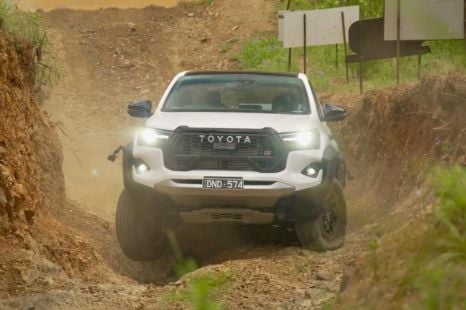

Ben Zachariah
1 Day Ago


CarExpert.com.au
2 Days Ago


Damion Smy
2 Days Ago